Once upon a time the animals decided they must do something heroic to meet the problems of a “new world” so they organized a school. They had adopted an activity curriculum consisting of running, climbing, swimming and flying. To make it easier to administer the curriculum, all the animals took all the subjects.
The duck was excellent in swimming. But he made only passing grades in flying and was very poor in running. The rabbit started at the top of the class in running but had a nervous breakdown because of so much makeup work in swimming. The squirrel was excellent in climbing until he developed frustration in the flying class where his teacher made him start from the ground up instead of the treetop down. The eagle was a problem child and was disciplined severely. In the climbing class, he beat all the others to the top of the tree but insisted on using his own way to get there.
At the end of the year, an abnormal eel that could swim exceeding well and also run, climb and fly a little had the highest average and was valedictorian.
The Animal school story is similar to what is widely practiced in our academic institutions and organizations where standardization is the rule and uniqueness goes unnoticed. The predominant strategy of academic institutions and corporate world is overcoming weaknesses while leveraging strengths would bring better results.
Some of the most successful leaders have the capability of recognizing the uniqueness in individuals and promoting their inherent strengths. This has numerous benefits:
- It enhances people performance
- Helps promote better employee engagement
- Fosters trust and confidence in organization culture
It is of utmost importance that we consciously promote and adopt ways to leverage strengths which are relevant to the job to promote them effectively. Most of the time, an employee’s talents or strengths need to be discovered, channelized and promoted in the right direction.
Individual development plans need to talk about harnessing strengths as much as addressing development needs. A holistic development plan needs to work on dual approach of building strengths and managing development needs.
The 3X model described below empowers leaders to continuously explore and exploit the unique strengths of team members thus creating a virtuous cycle of personal development and business growth.
- Exposure – Talent needs to be promoted by providing visibility at the right places and leadership exposure
- Expertise – Building on passive strengths by imparting training and coaching on the same to convert it into active expertise. The employees can use their expertise to upskill their team members
- Experience – Last but not the least, more and more opportunities should be given to exercise the strengths in the form of high impact projects, organisation and team level initiatives.
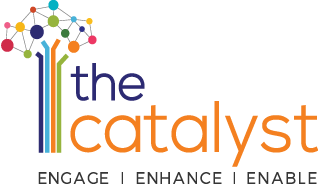
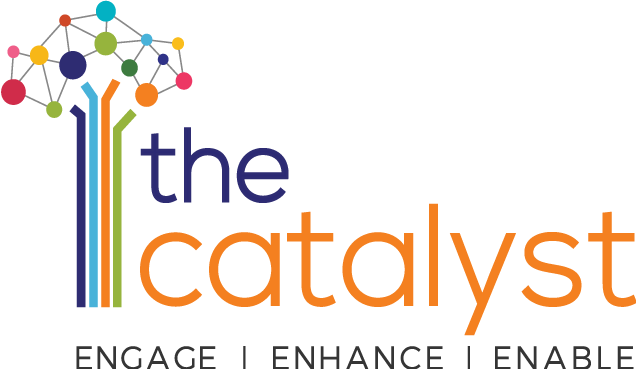



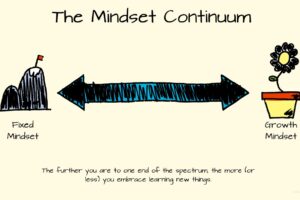
Leave a Reply
Your email is safe with us.
You must be logged in to post a comment.